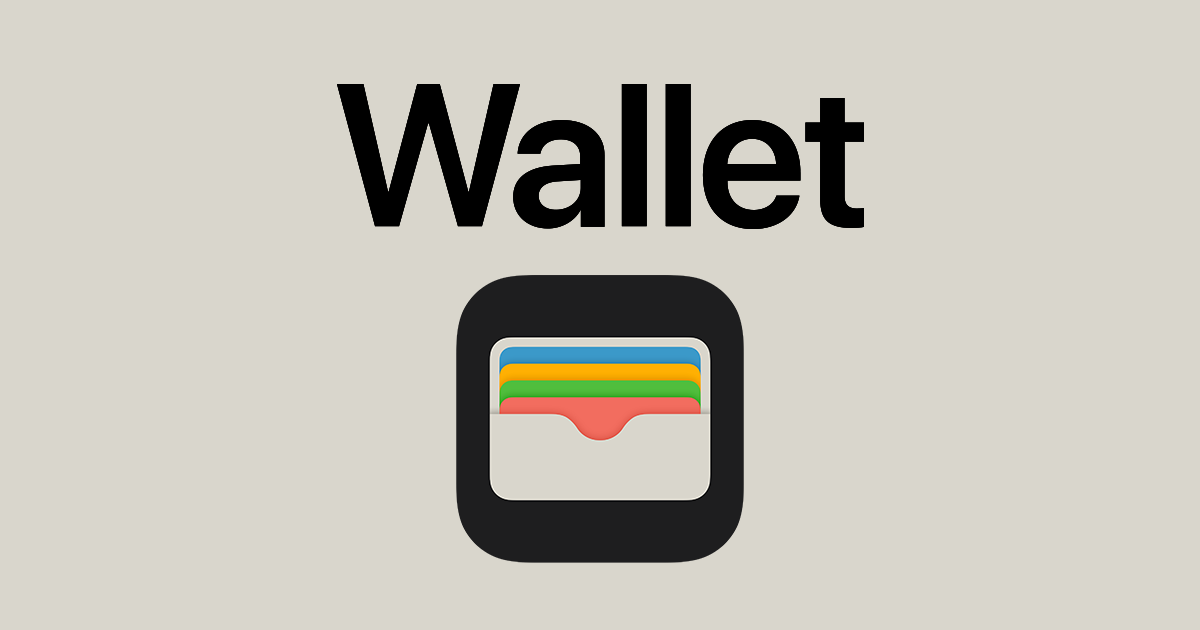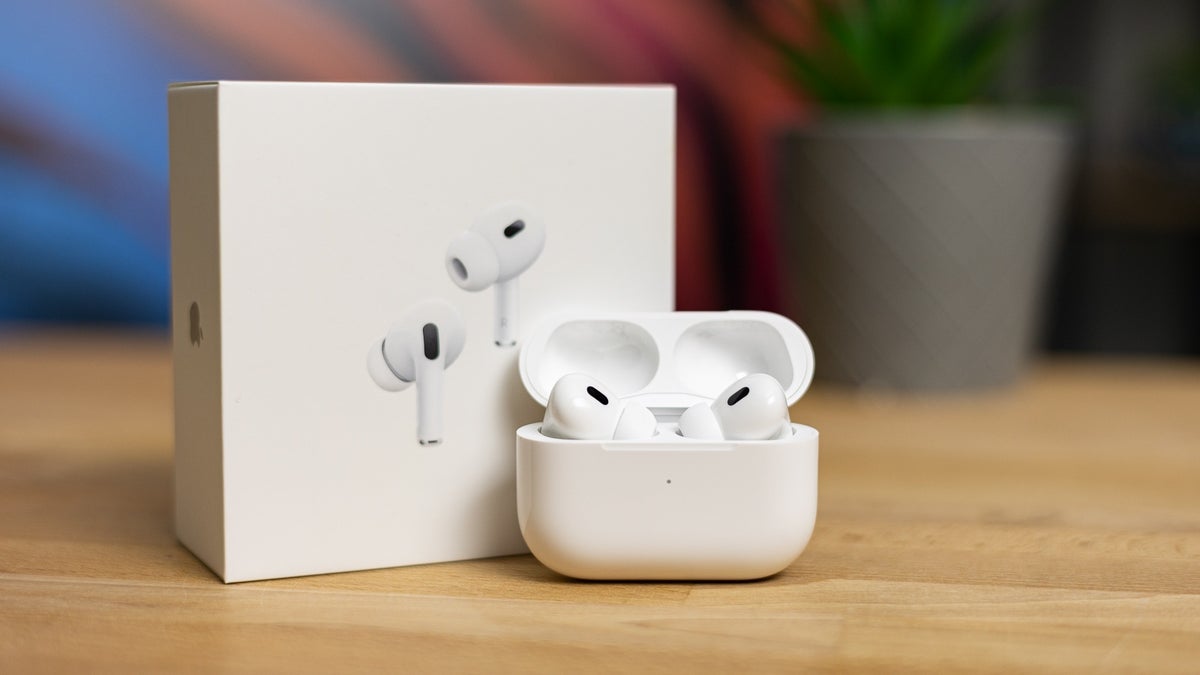For years, the quiet hum of “Hey Siri” has been a ubiquitous part of the Apple ecosystem. But behind the convenience of voice commands, a legal battle has raged over the privacy of those very interactions. Now, that battle is drawing to a close, with Apple agreeing to a $95 million settlement over allegations of unlawful recording and sharing of Siri conversations. This isn’t just about money; it’s a significant moment in the ongoing conversation about digital privacy in the age of voice assistants.
The lawsuit, initially filed in 2019, accused Apple of intentionally recording user conversations without explicit consent. These recordings, the plaintiffs argued, were then shared with third-party contractors, potentially leading to targeted advertising and other privacy breaches. The core issue revolved around the “Hey Siri” activation feature, which constantly listens for its trigger phrase, raising concerns about what else it might be capturing in the process.
This wasn’t a small, isolated incident. The lawsuit represented potentially tens of millions of users who owned Siri-enabled devices, from iPhones and iPads to Apple Watches and HomePods. The settlement, if approved by U.S. District Judge Jeffrey White in Oakland, California, could see individual users receiving up to $20 per affected device. While the exact distribution process is yet to be finalized, the sheer scale of the settlement underscores the seriousness of the allegations.
Apple, while agreeing to the settlement, has consistently denied any wrongdoing. This is a common legal strategy in such cases, allowing companies to avoid lengthy and costly trials while mitigating potential reputational damage. However, the settlement doesn’t exist in a vacuum. The initial scrutiny surrounding Siri’s privacy practices back in 2019 prompted Apple to undertake significant internal changes.
These changes included:
- Internal Review of Siri Practices: Apple conducted a thorough review of its internal processes related to Siri, including how it used contractors for audio analysis and quality control. This suggests that the initial concerns raised by the lawsuit prompted a reassessment of existing procedures.
- New Permission Prompts: Apple introduced clearer and more prominent permission prompts for Siri audio recording. This gave users greater control over whether their voice interactions were recorded and used for improving Siri’s performance.
- “Ask App Not to Track”: This feature, a cornerstone of Apple’s privacy push, allows users to prevent apps from tracking their activity across other apps and websites. While not directly related to Siri, it reflects Apple’s broader focus on user privacy in the wake of these concerns.
These changes, while positive steps towards greater user privacy, shouldn’t be interpreted as an admission of guilt. They represent an evolution in Apple’s approach to data handling, driven in part by the scrutiny brought on by the lawsuit.
The $95 million figure is significant, but it’s important to put it in perspective. As reported by Reuters, this sum represents roughly nine hours of Apple’s profit. While a substantial amount of money, it’s a relatively small financial hit for a company of Apple’s size. The real impact lies in the message it sends about the importance of user privacy.
This settlement isn’t just about Apple. It’s a landmark moment in the broader conversation about the privacy implications of voice assistants. As these technologies become increasingly integrated into our lives, questions about data collection, storage, and usage become ever more critical. This case highlights the need for transparency and user control in how our data is handled.
The details of how users can claim their share of the settlement are still being finalized. Once the settlement receives final approval, information about the claims process will be made available. It’s advisable to stay updated on this development through reliable news sources and legal updates.
In conclusion, the $95 million settlement between Apple and users over Siri’s privacy practices is more than just a financial transaction. It’s a reflection of the growing importance of digital privacy in the modern world. It underscores the responsibility of technology companies to be transparent and accountable in how they handle user data. And it serves as a reminder that users have a right to control their own information. While “Hey Siri” may continue to be a part of our daily lives, this settlement ensures that the conversation around its privacy implications will continue as well.


